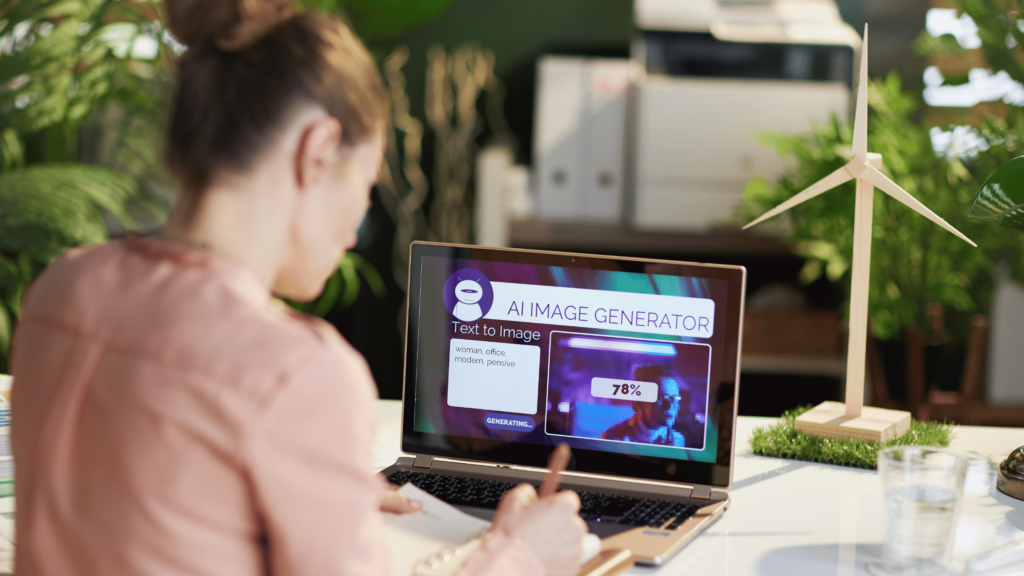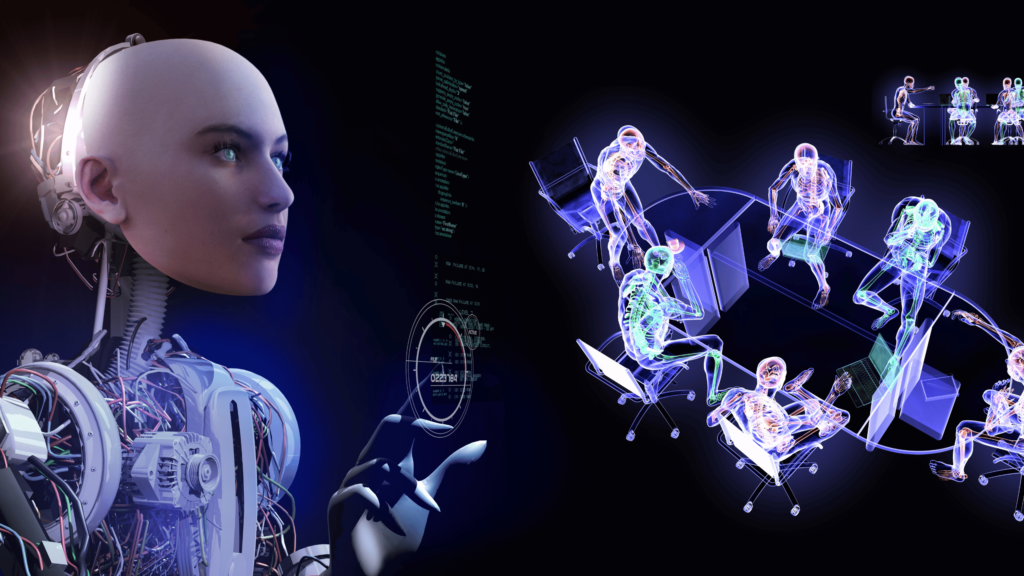The ability for artificial intelligence systems like Claude AI to read and comprehend PDF files is an interesting technological capability that has seen great advances in recent years.
PDFs or Portable Document Format files are a common file type used for sharing documents digitally while preserving formatting across different devices and platforms. Being able to automatically process and extract information from PDFs has many potential applications across business, research and everyday use.
In this article, we will explore whether Claude AI and other similar AI assistants today can read and understand content from PDF files and how this capability might continue to evolve.
How PDF Files Work

To understand if an AI system can read PDFs, it helps to first understand what PDF files are and how they work.
PDF stands for Portable Document Format. It was invented by Adobe Systems and released in 1993 as a way to share documents between computers and operating systems with the formatting intact.
A PDF file represents a document as a graphical image that appears the same regardless of what application, device or operating system is used to view it. This makes it easy to share documents without worrying about compatibility issues.
Underneath this graphical image, a PDF file contains the actual text content and formatting information including fonts, images, page layout, etc encoded in a proprietary file format. This text information is what needs to be extracted and processed by an AI assistant to “read” and understand the contents of a PDF file.
Advanced PDF files can also contain additional features like comments, bookmarks, links, attachments, metadata and interactive elements like forms and media. An AI that can read PDFs needs to be able to handle these features as well.
Claude AI’s PDF Reading Capabilities

Claude AI is an artificial intelligence assistant created by Anthropic to be helpful, harmless, and honest. Does Claude have the ability to read and comprehend PDF files?
The short answer is – not yet. Claude AI in its current form does not have native support for processing PDF files. While Claude can understand text provided to it through natural conversation, it cannot directly ingest and extract text from PDF documents.
Claude’s language processing capabilities are limited to plain text inputs. PDFs contain text in a structured file format that would need additional processing before Claude could make sense of it.
However, this does not mean Claude AI will never gain PDF reading skills. Claude AI is continuously evolving with new features and capabilities added periodically by Anthropic’s research team. Reading PDFs is likely on the roadmap for future functionality based on customer need.
How AI Systems Can Read PDFs

While Claude AI does not currently read PDFs, some AI assistants are capable of ingesting and extracting useful information from PDF files using the following approaches:
Optical Character Recognition (OCR)
OCR techniques can take images of text in PDFs and convert them into machine-readable text data. The text can then be processed by the AI system. OCR accuracy is improving but can still be unreliable for complex layouts and low-quality scans.
PDF Parsing Libraries
Software libraries like PDFMiner in Python can directly extract text, images and metadata from PDF files. This extracted information can then be fed to the AI system. The parsing capabilities vary across libraries.
PDF Application Programming Interfaces (APIs)
Services like Adobe Document Cloud, AWS Textract and Google Cloud Vision provide APIs to retrieve data from PDFs. Integrating these with an AI system allows it to benefit from these PDF reading capabilities.
PDF Structure Analyzers
Libraries like PDFBox in Java can analyze the structure of PDF documents which can help an AI better understand the content. Things like paragraph order, headings, columns, etc provide contextual clues.
The most robust PDF reading capabilities come from combining the above approaches. With advances in computer vision, natural language processing and availability of PDF tools, AI assistants will become progressively better at consuming content from PDFs.
Potential Use Cases

Here are some potential use cases that demonstrate how AI systems capable of reading PDFs can be beneficial:
Searching and Analysis
An AI assistant that can read PDFs allows you to search through large document collections to quickly find what you need. It also enables large-scale analysis of PDF content.
Data Extraction
Structured data like tables and lists in PDFs can be automatically extracted for further processing and analysis. This avoids tedious manual data entry.
Summarization
The key points and overall summary of a PDF document can be automatically generated by the AI system so you can get the gist without reading the full content.
Translation
PDF content can be automatically translated to different languages, enabling documents to reach wider audiences.
Accessibility
The PDF content can be read aloud by the AI assistant for the visually impaired or converted to alternate formats.
Automated Form Filling
For interactive PDF forms, the AI system can automatically fill them out based on analyzing the content and required inputs.
The above uses barely scratch the surface of what’s possible by applying AI to unlock information in PDF documents.
Current Limitations

While AI capabilities for reading PDFs are rapidly improving, some key challenges remain:
- PDF Variations – There are many ways content can be encoded in a PDF which can cause issues for AI systems.
- Layout Complexity – Documents with complex multi-column layouts are harder to properly interpret.
- Image-heavy – Scanned documents and PDFs with many images/figures result in less machine-readable text.
- Non-standard Formatting – Uncommon fonts, alignment, indentation, etc can confuse AI models.
- Context Understanding – Truly understanding semantics and context remains difficult for AI.
- Data Extraction – Pulling out tables, lists, headings reliably is still a work in progress.
Continued research and development is needed to improve how AI systems handle the myriad variations and complexities found in real-world PDFs.
The Future of AI Reading PDFs

While some challenges remain, the future looks bright for AI capabilities when it comes to reading and understanding PDFs.
Advancements in computer vision are already helping significantly with image-heavy and scanned documents. Models for converting images to text will continue to improve accuracy.
Natural language processing techniques are getting better at semantic understanding, summarization, translation and context. This will enable richer comprehension of PDF content.
More robust PDF parsers, better structure analyzers and increased availability of PDF processing APIs will make it easier for AI systems to ingest PDF data.
In the near future, we can expect AI assistants like Claude AI to gain reliable PDF reading comprehension skills that will enable many useful applications. However, a deep understanding of complex document layouts and formatting may be a longer-term endeavor.
Conclusion
In summary, while Claude AI does not currently have the capability, AI systems are increasingly able to ingest, process and extract insights from PDF files – a common document format. This is being driven by advances in OCR, natural language processing, computer vision and availability of PDF parsing tools.
AI assistants with mature PDF reading skills could enable many valuable use cases like search, data extraction, summarization, translation and more. However, real challenges remain in handling the many variations and complexities found in PDF documents.
If these challenges can be overcome, the future looks promising for AI to unlock the wealth of information contained in the vast volumes of PDF files used in business and academia.
FAQ’s
What are PDF files?
PDF stands for Portable Document Format. PDFs are file formats used to present documents in a way that appears consistent regardless of the application, device or operating system used to view it.
How are PDFs different from other document formats?
PDFs contain the text, fonts, images, formatting and layout information encoded in a structured binary format. This makes them convenient for cross-platform viewing but difficult for AI systems to interpret compared to plain text documents.
What kind of information is contained in a PDF file?
In addition to text, PDFs can contain images, charts, tables, comments, interactive form fields, signatures, metadata and more. The file encapsulates the entire document including both content and presentation.
Can Claude AI currently read PDF files?
No, Claude AI in its current form cannot directly process and extract information from PDF files. It can only understand plain text.
What techniques can potentially allow AI systems like Claude to read PDFs?
OCR, PDF parsing libraries, PDF structure analyzers and PDF content extraction APIs can all help AI systems like Claude ingest and comprehend PDF data.
What are some limitations faced by AI in reading PDFs?
Variations in PDF structure, complex layouts, scanned image-based PDFs, uncommon formatting and lack of semantic understanding pose challenges for AI systems seeking to interpret PDF content.
What are some potential use cases if Claude could read PDFs?
If Claude could read PDFs, it could enable searching documents, extracting data, generating summaries, translating content, filling out forms and more.
Will Claude or other AI assistants gain PDF reading abilities soon?
Yes, the steady progress in AI research makes it likely Claude and other AI systems will gain PDF reading capabilities in the near future. But deep comprehension of layout and formatting nuances may take more time.
What needs to happen for Claude to be able to read PDFs?
The Anthropic research team would need to train Claude’s machine learning models on PDF data and integrate a PDF parsing system to extract text and structure from PDF files.
![Can Claude AI read PDF files? 1 Can Claude AI read PDF files? [2023]](https://cladopedia.com/wp-content/uploads/2023/08/Can-Claude-AI-read-PDF-files-2023.png)
6 thoughts on “Can Claude AI read PDF files?”